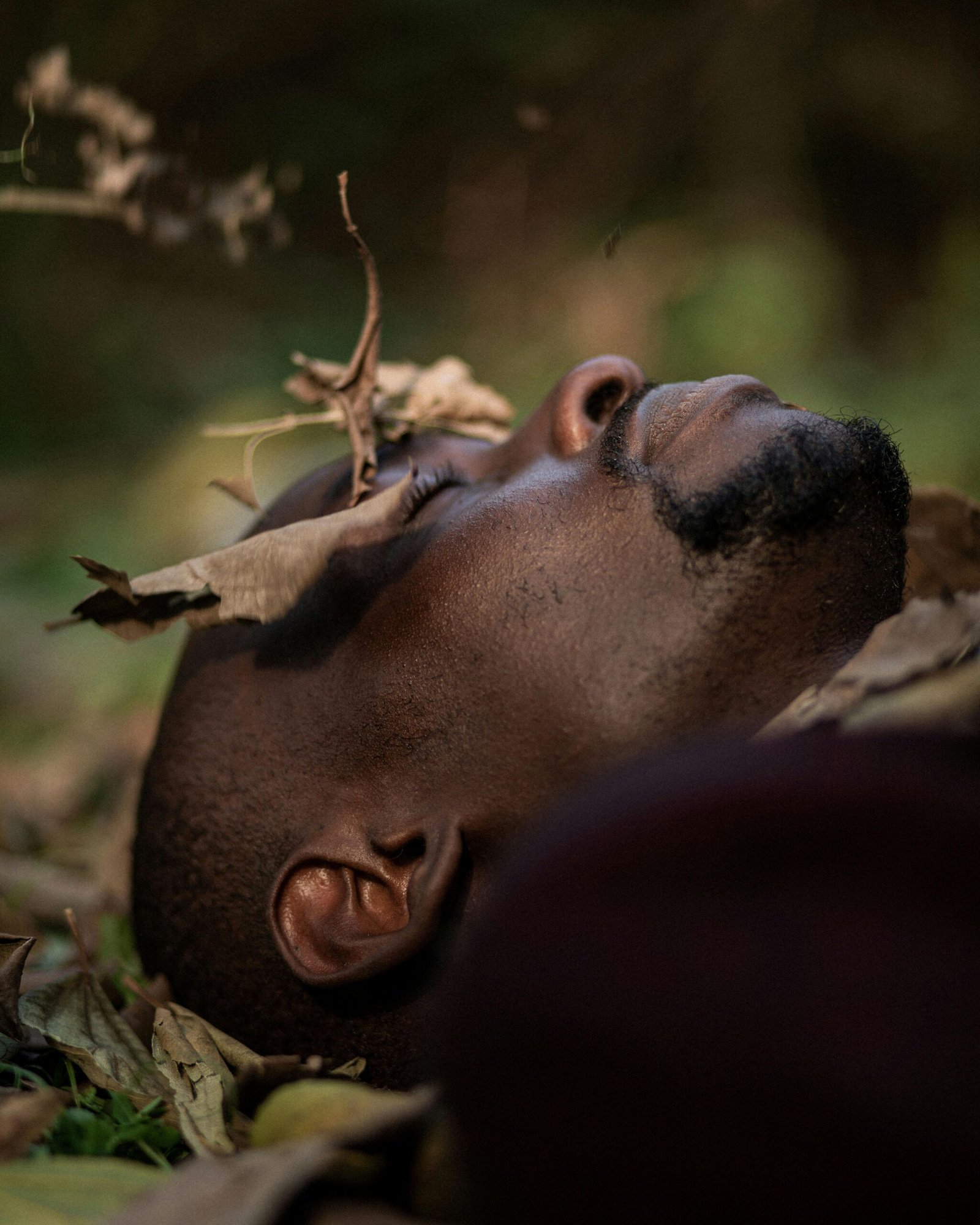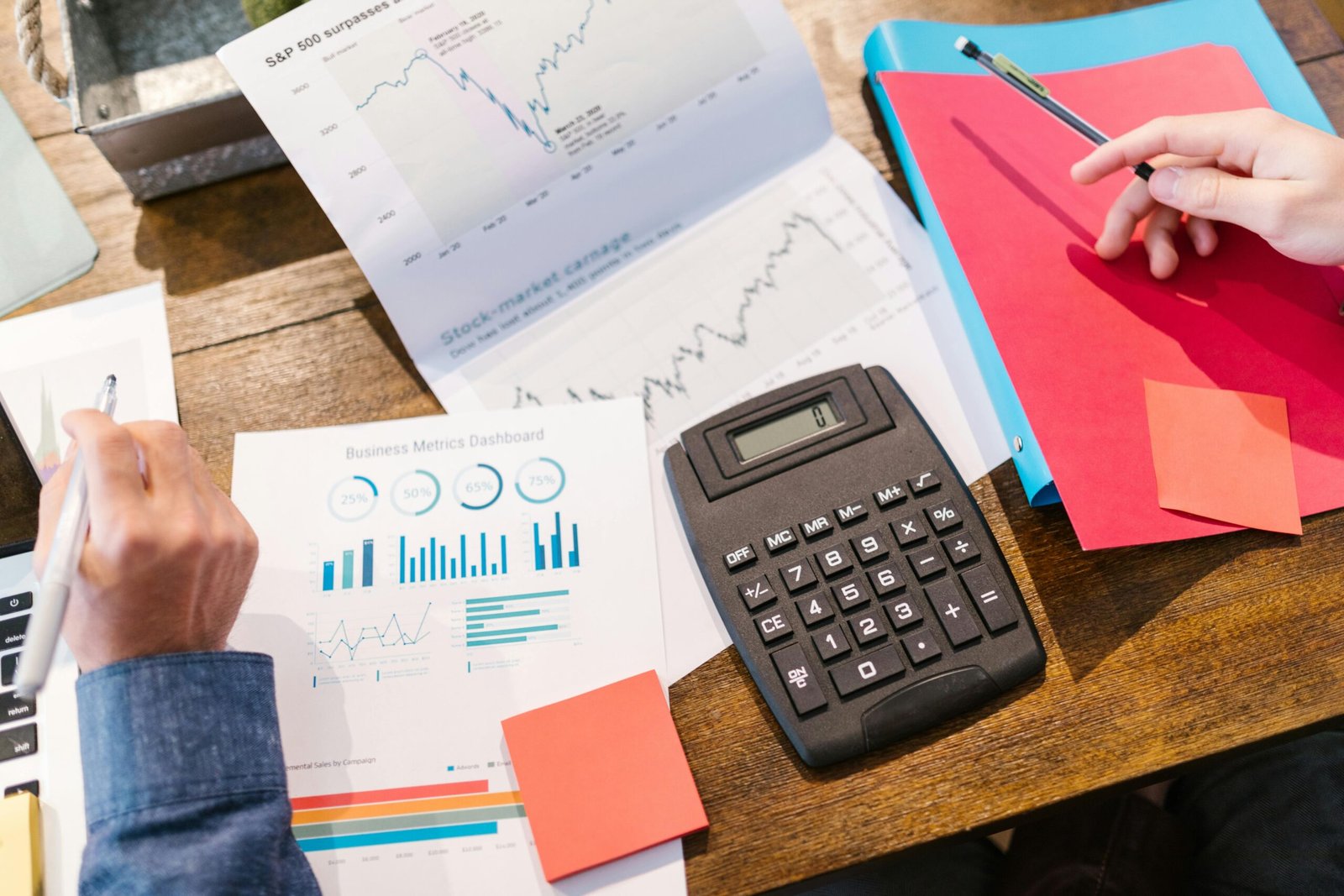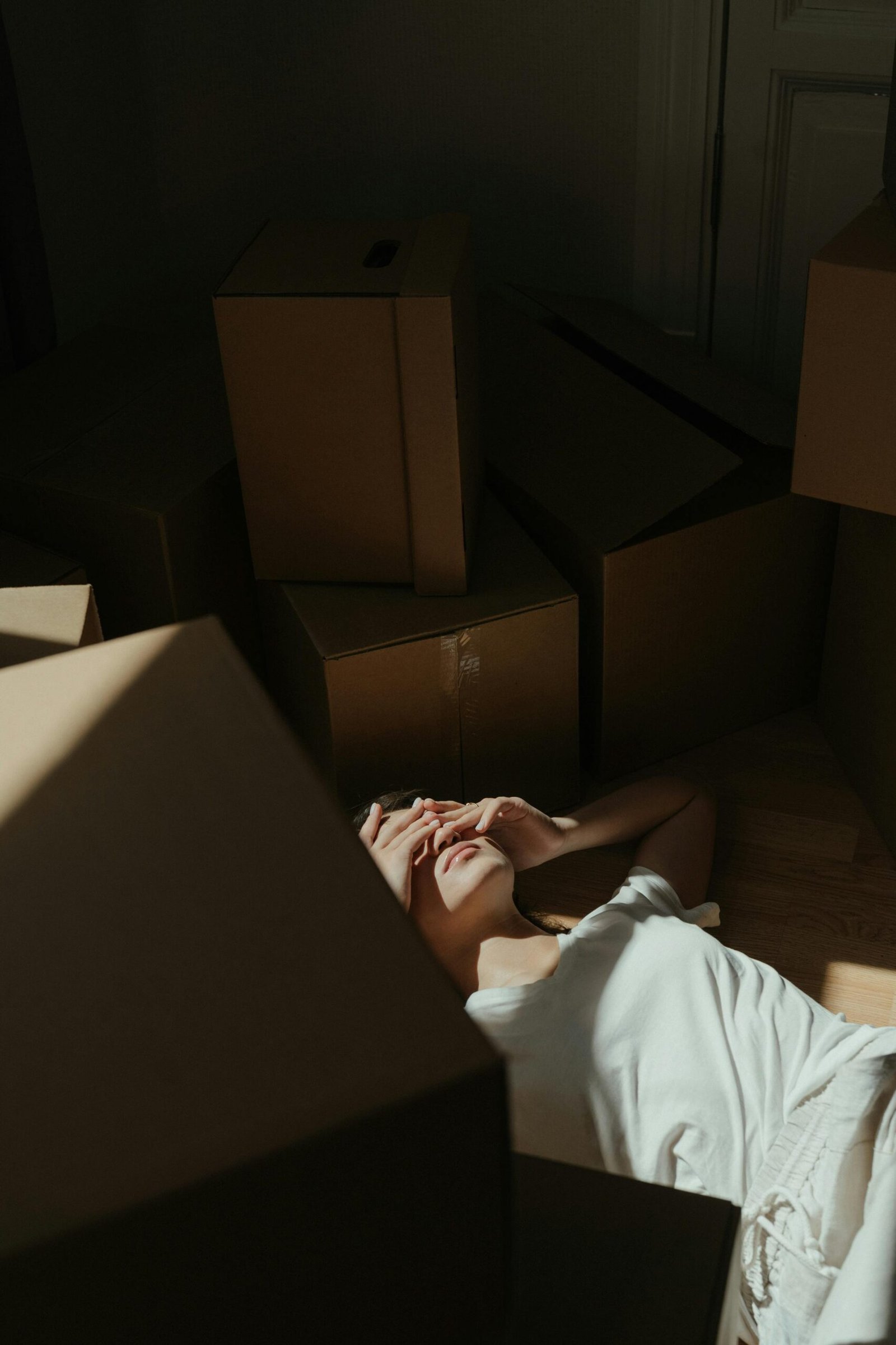Mindfulness Made Easy: What is This Mythical Creature?
Mindfulness – a relatively new trend in stress management. What does it mean? It means paying attention to the present moment, noticing what you are doing, thinking or feeling right now. But how – you may ask yourself. If you are constantly stressed you’ve probably searched for many ways to ease your condition. Please, read below. I will explain this techniques to you in a simple, time-sparing way.
Don’t worry if you are new to mindfulness. It’s not about turning into a zen master right away. It’s simply about learning to be present, one small step at a time. This guide will show you straightforward, doable ways to incorporate these techniques into your daily routine without stressing about it.
What is Mindfulness?
At its core, mindfulness means paying attention—on purpose and without judgment—to the present moment. It’s about being fully aware of your thoughts, emotions, and surroundings instead of getting lost in worries about the past or future.
Think of mindfulness as hitting the “pause” button on life. Instead of reacting on autopilot, it allows you to respond thoughtfully, reducing stress and improving clarity.

Why Does It Matter?
Mindfulness matters because it helps us slow down and truly experience life. In a world that’s always rushing, we often get stuck on autopilot—reacting to stress, juggling endless tasks, and missing out on meaningful moments. Together, we will learn to pause, breathe, and focus on what’s happening right now. If you desire to reduce stress, improve mental clarity, and even strengthen your relationships by making us more present, keep reading. These techniques are science-based, so that you can be sure if applied appropriately, they will lead to the desired result. It may even lower cortisol levels.
How to Start Practicing Mindfulness
So, where do we start? How exactly are we supposed to enter this mindfulness state? How should we sit? What should we think or not think? What are these mysterious things you should do to start practicing mindfulness? Let’s dig a little into the matter. If you landed on this page, you’ll probably know some ways to do it. Except for guideful mindfulness meditation (you can check my article about the best apps to practice mindfulness), there are a few other things you can do so you can understand what is supposed to happen during this state of mind. Let’s begin
- Mindful Listening to Everyday Sounds
Sit comfortably on your balcony. Close your eyes and listen to the chirping birds, the wind flowing through the trees, the raindrops falling on the pavement, and the sound of everyday traffic. Stay still and notice how the layers of the sound change over time. With practice you will begin to notice how these sounds interact with one another. Ask yourself – How are these sounds making me feel? If you get distracted, which you will, get back in the moment. This practice will let you to get out of your busy mind and come into the present. Over time your awareness will grow bigger and will make the world around to feel richer and more vibrant.
- Mindfulness Through Senses
Mindfulness should invite all five senses into the experience. Engaging your sense of smell is often overlooked. Scents have a unique ability to ground you in the present moment because they connect directly to the part of your brain that processes emotions and memories. Choose a smell you enjoy – essential oil in an aroma diffuser, aroma candle, spices, or even the smell of rain. Sit close to where the scent is the strongest. Close your eyes and let yourself understand how this smell makes you feel. Does it bring back memories? Note the reactions the scent evokes in you without judgment. Using scents is effective because they quickly pull you into the present without engaging with your overthinking brain. You can practice it even with your morning coffee or tea, or while cooking focusing on the aroma of fresh ingredients. Mindfulness through smell is a sensory-rich way to stay in the present.
- Mindful Cleaning
Cleaning presents repetitive motions and sensory stimuli that make it an ideal activity for grounding yourself in the present. Notice everything about the process. Let yourself feel the texture of the sponge or cloth, the smell of the cleaning products, the sound of the running water, and the sound of the vacuum cleaner. Resist the urge to multitask. Take one task at a time. It is much more satisfying to see the result of your efforts on a simple object rather than to throw yourself into cleaning many things simultaneously. Remember, we are not rushing – the goal is to stay present.
- Mindful Storytelling
Whenever you feel like it, sit and write your thoughts. It is not an award-winning type of writing, but rather, it is expressing your soul in words. It doesn’t need to be meaningful. Just focus on the moment. How are your thoughts making you feel? Remember, we are not judging. Reflect on your emotions – how did what you wrote made you think? Acknowledge these emotions and let the story help you connect with your inner-self. That is how I wrote entire book. It is not published, that wasn’t my goal. But it made me ground myself.
- Mindful Showering
Showering is a perfect way to turn an everyday activity into a powerful mindfulness practice. Focus on the sensations born during showering. Create a soothing atmosphere – light a candle, dim the lights, or choose a calming playlist. I use my shower encasement to include the effects of these factors. Due to my ADHD, I find it really hard to get in the shower, but at least when I create the perfect conditions, I feel far more confident to do it. Focus on the water flowing down your skin, and remark the temperature – is it hot, cold, or somewhere in between? Pay attention to the smell of your soap. Imagine the water flowing away not only the dirt but also your thoughts and sorrows. Mindful showering reminds us that even such simple activities we take for granted can be transformed into spiritual activities. Absorb those precious moments around you!
If you are not sure where to start you can use apps such as Calm, Headspace or other of your choice to help you dive into the world of mindfulness meditations.
Making Mindfulness a Habit
Making mindfulness a habit takes time. Start small. Choose one moment each day to practice. This could be when you wake up or before bed. Use reminders to stay present. A note on your desk or a phone timer can help. Link mindfulness to things you already do, like brushing your teeth or drinking coffee. Be patient with yourself. If you miss a day, that’s okay. Just start again. With small steps, mindfulness can become a daily habit. It can make a big difference in your life.

Your Mindfulness Journey Starts Now
There’s no right or wrong way to start—just explore what feels natural to you. As you practice, you’ll discover how small, mindful moments can create a big difference in your life. If you’d like more inspiration, join the conversation on our Facebook page Peace in the Pandemonium. Let’s make mindfulness a part of your story, starting today.





Post Comment